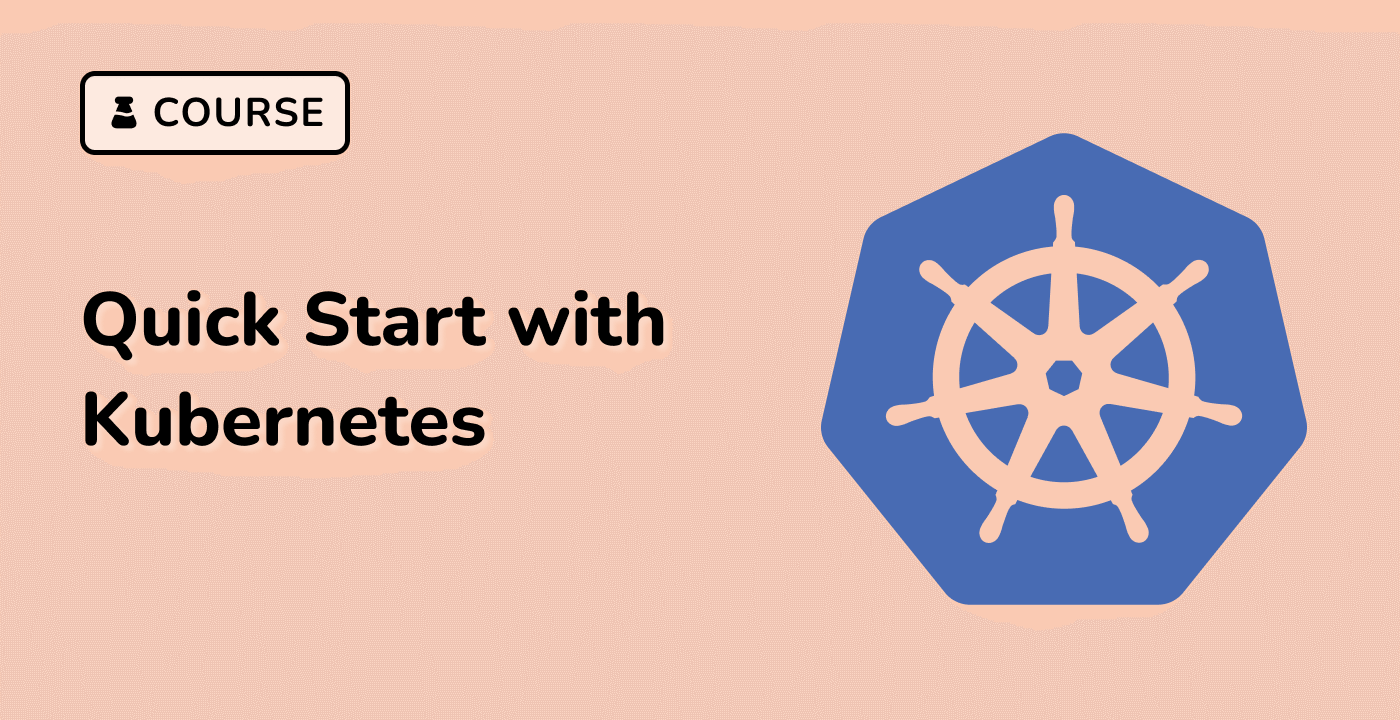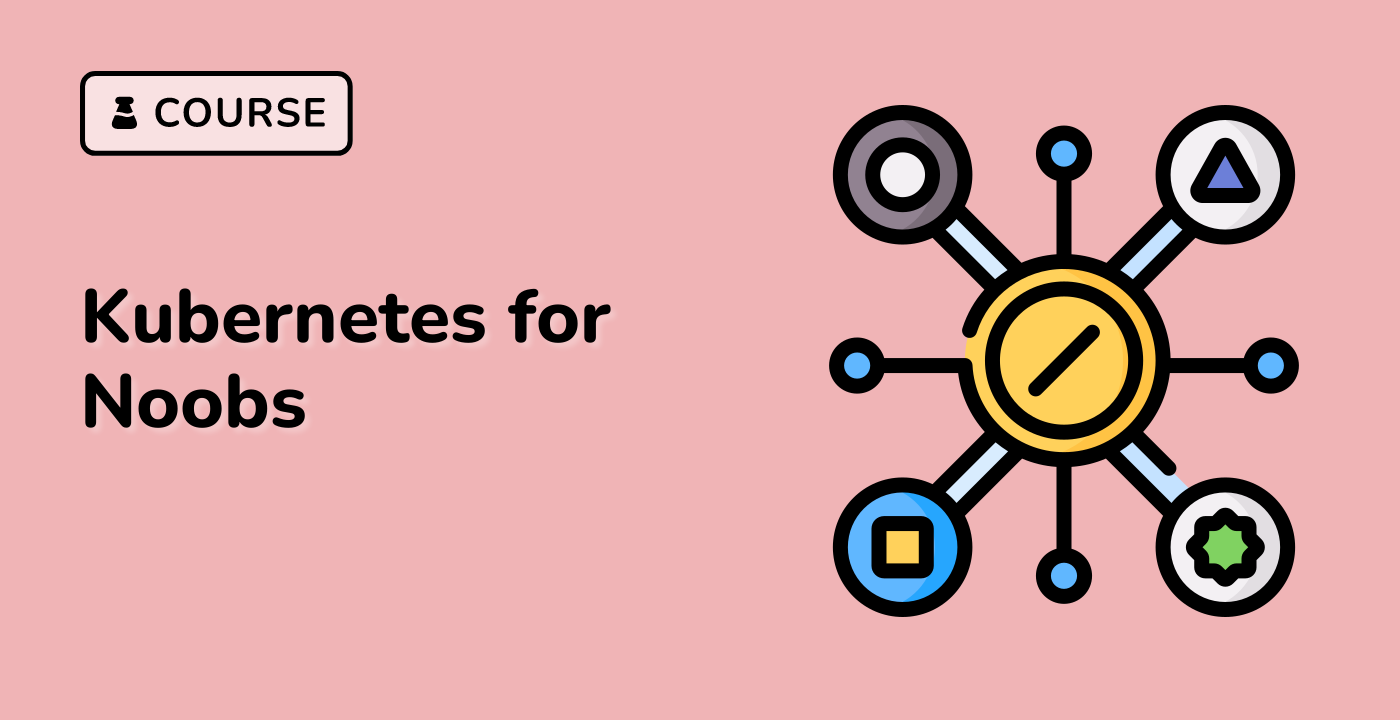Test Access
Test access to create a pod in the myapp namespace by creating a pod using the following YAML file called myapp-pod.yaml:
apiVersion: v1
kind: Pod
metadata:
name: myapp-pod
namespace: myapp
spec:
containers:
- name: myapp-container
image: nginx
ports:
- containerPort: 80
Create the pod using the following command:
kubectl apply -f myapp-pod.yaml --as cluster-admin
You should see a message indicating that the pod was created.
Test access to create a deployment in the myapp namespace by creating a deployment using the following YAML file myapp-deployment.yaml:
apiVersion: apps/v1
kind: Deployment
metadata:
name: myapp-deployment
namespace: myapp
spec:
replicas: 1
selector:
matchLabels:
app: myapp-deployment
template:
metadata:
labels:
app: myapp-deployment
spec:
containers:
- name: nginx
image: nginx:latest
ports:
- containerPort: 80
Create the pod using the following command:
kubectl apply -f myapp-deployment.yaml --as cluster-admin
You should see an error message indicating that you do not have access to create deploymeny in the myapp namespace.



